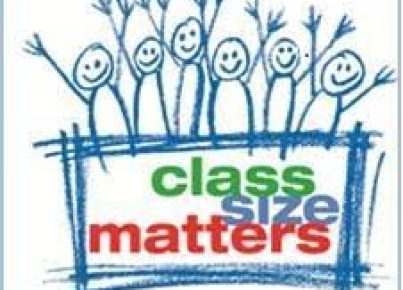Introduction
Over the years, education systems around the world have incorporated various grading practices to assess students’ academic aptitudes. While these practices serve as an essential means of measuring success and improvement, they also have the potential to discourage a ‘growth mindset’ in students. This phenomenon occurs when our grading systems inadvertently punish effort, perseverance, and self-improvement – all of which underpin the concept of a growth mindset. In this article, we will examine whether current grading methods foster an environment that enables progress and self-growth or if they hinder students with potential from developing these traits.
Traditional Grading Systems
One major culprit in this context is traditional grading systems, which often rely on letter grades or percentage-based evaluations. These systems place undue emphasis on achieving high marks while failing to account for progress or individual growth. When students are taught that their worth hinges upon such grades, they may feel demotivated and disengaged from learning. Moreover, it can lead them to develop a ‘fixed mindset,’ whereby their intelligence and ability are perceived as static characteristics that resist enhancement.
Effects on Students
A consequence of these traditional grading practices is that learners become extrinsically motivated – their engagement with academics stems from external factors such as praise or rewards rather than a genuine desire to learn and grow. Moreover, students may come to view low grades as personal failures or reflections of their inherent abilities, guiding them towards fixed mindsets instead of fostering intrinsic motivation towards personal development.
Another issue stems from a common phenomenon known as “grade inflation.” Devoid of clear guidelines and expectations, educators often inflate grades due to external pressures (such as pleasing parents or raising school rankings). This practice deteriorates student perception regarding their actual progress and detracts from a growth-oriented mindset.
Alternative Approaches: Moving Toward Growth
Several educational approaches seek to instill a growth mindset among students while promoting improved grading practices. These include:
1. Standards-Based Grading: This method evaluates students based on how well they master specific learning objectives rather than their overall performance relative to their peers. By prioritizing mastery of content, students feel encouraged to focus on developing their skills, thereby fostering a growth mindset.
2. Assessing Progress Over Time: Schools can celebrate students’ achievements by monitoring their academic progress and development over time, parallelly emphasizing continuous improvement. Recognizing efforts made can re-orient learners towards a growth mindset approach to academics.
3. Providing Constructive Feedback: Educators should aim to deliver detailed feedback highlighting students’ strengths, areas for improvement, and targeted suggestions for growth. Fostering open communication between the teacher and student encourages self-reflection and promotes a growth-oriented mindset.
4. Encouraging Effective Effort: Educators must emphasize the importance of effort as a key contributor to success. Promoting perseverance and hard work instills the idea that intelligence, aptitude, and skill can indeed be cultivated, thus cultivating a growth mindset.
Conclusion
To ensure we nurture a generation of adaptable and forward-thinking individuals who understand that personal growth is an ongoing journey, we must reevaluate our grading practices. Emphasizing effort, progress, and mastery through constructive feedback can provide a more supportive learning environment that encourages the adoption of growth mindset principles in our students. Through these collective efforts, we can foster well-rounded learners who turn challenges into opportunities for self-improvement and growth.





